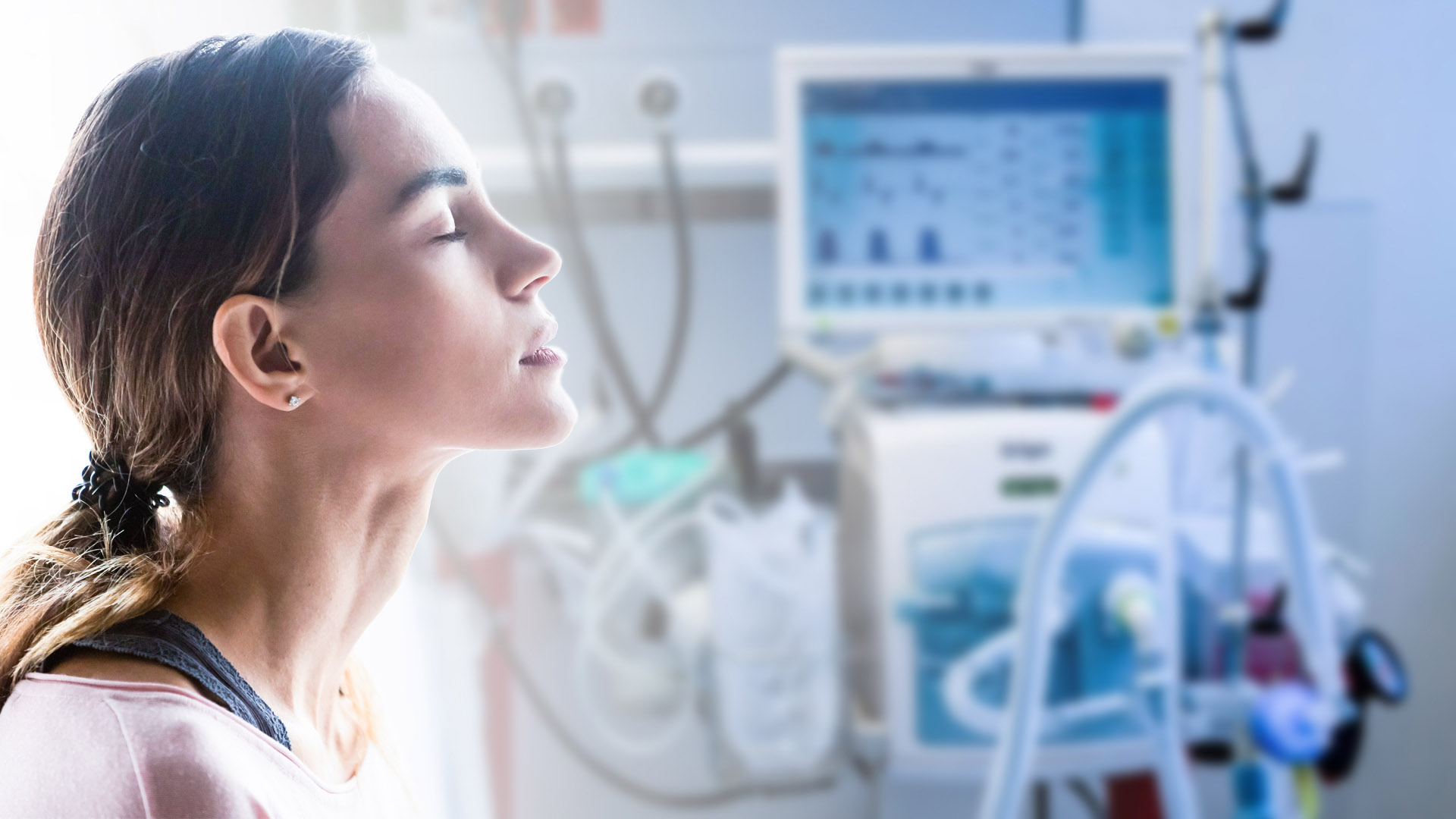Inhale-exhale
Although the ventilator is one of the terms we have heard so often in recent days, and it is a scary word, it is perhaps the most important source of life in the fight against coronavirus. No matter how we pronounce the ventilator ventilator, many automotive companies around the world are constantly working to meet the ventilator's needs by revising their production tracks. US President Donald Trump made a request for the ventilator gap to be closed by repairing and recycling the idle ventilators. Yes, the issue is so important, the matter of life is as important as the subject.
.jpg)
Mechanical ventilation is the continuation of lung respiration, which is a vital function for any reason, with the help of a device called an artificial ventilator. Today, especially rapid developments in intensive care medicine have made mechanical ventilation an integral part of the treatment.
The first information about breathing, one of the two necessary functions for life, draws attention in Egyptian, Chinese and Greek sources. When we consider Western sources, the historical development of mechanical ventilation application can be summarized as follows: For the first time, Hippocrates evaluated the air scientifically in BC 460 and stated that in cases of drowning, air should be sent to the patient through a cannula to be placed in the trachea. The first example of mechanical ventilation application was carried out by Vesalius in 1541. Vesalius ventilated a dying dog with the cannula he placed in his trachea and detected an improvement in his heartbeat. The steel lung similar to Drinker's, developed by Emerson in 1931, found widespread use in Los Angeles Polio epidemics in 1948-49. In modern sense, positive pressure mechanical ventilation was first applied by Engström in polio epidemics that emerged in Denmark in 1952 and Sweden in 1953. As of 1980, microprocessor ventilators have become widespread, and new modes such as "pressure controlled" and "pressure assisted" ventilation have been reached today.
.jpg)
Modes in Mechanical Ventilation
1) Controlled Modes: “You get what you set up”. Ventilator fully controls ventilation. Used (rarely) when PaCO2 requires precise control.
2) Assist Modes: There are two forms: Assist control mode and Intermittent Mandatory Ventilation (SIMV). These are the most commonly used modes. These forms are different when the patient breathes spontaneously.
Assist Control Mode: The ventilator delivers machine breaths at the set breathing rate. The patient's spontaneous breaths are assisted by the ventilator. In response to the patient's initiation, the ventilator delivers a complete machine breath. Doubling of the patient's breath number doubles in minute ventilation. Useful in crisis situations or diseases requiring high minute ventilation.
Intermittent Mandatory Ventilation: The ventilator delivers machine breaths at the set breathing rate. The patient is allowed to breathe spontaneously, but spontaneous breathing is not supported. Volume, current and time are adjusted by the patient. Less dramatic fluctuations occur in minute ventilation. It provides more comfort and is a frequently used mode.
Spontaneous Modes: No machine breath. Only the patient breathes. Therefore, it is used only in patients breathing spontaneously. Patient breaths can be supported by the ventilator at a set pressure or volume, but no machine breath. It is generally used to separate from Mechanical Ventilation (Weaning).
The healthy return of patients who undergo ventilation due to Covid-19 is not a miracle but a system success. It is of course sad that some patients are defeated in this war due to chronic illness and old age. The most important of the measures that can be taken is to be prepared for future outbreaks by taking a lesson from this war. In order to make these preparations close to perfection, it will be possible with the technology and plastic industry investing in the field of ventilators.



